A throbbing getaway to the foothills of the Himalaya into the wild

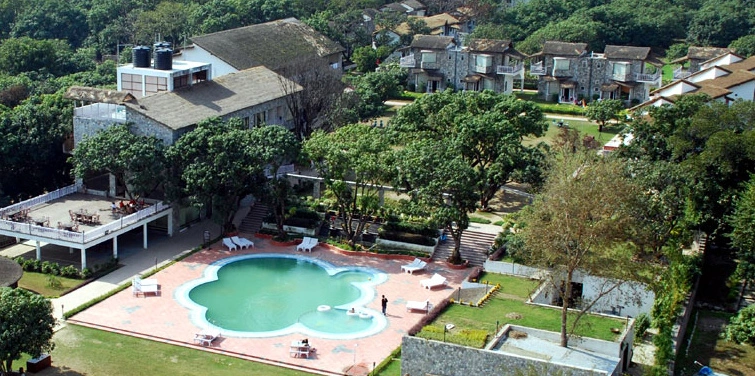
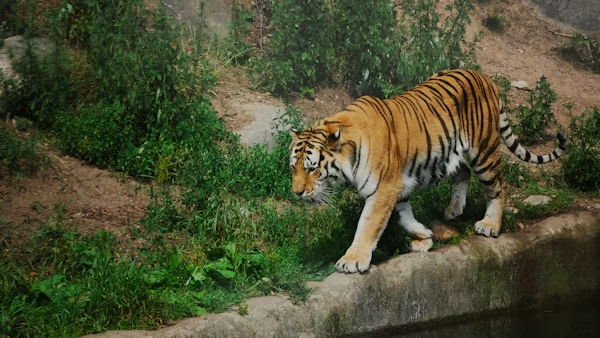
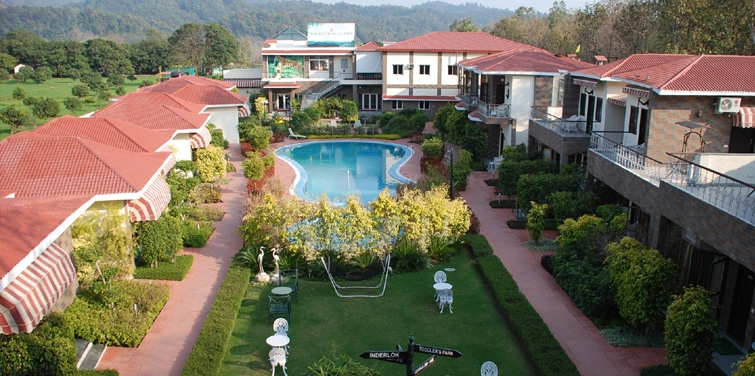
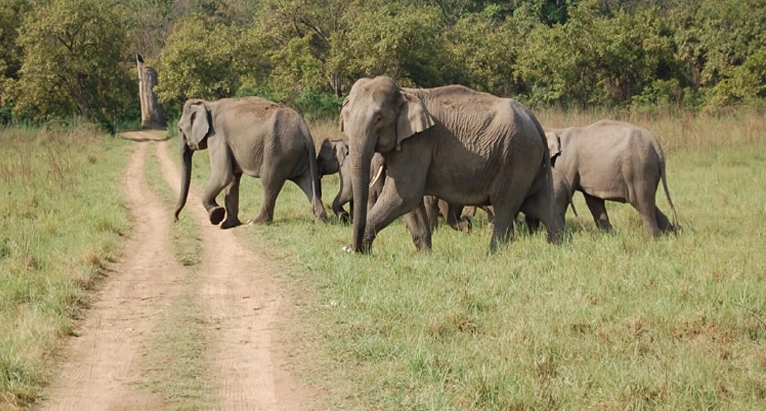
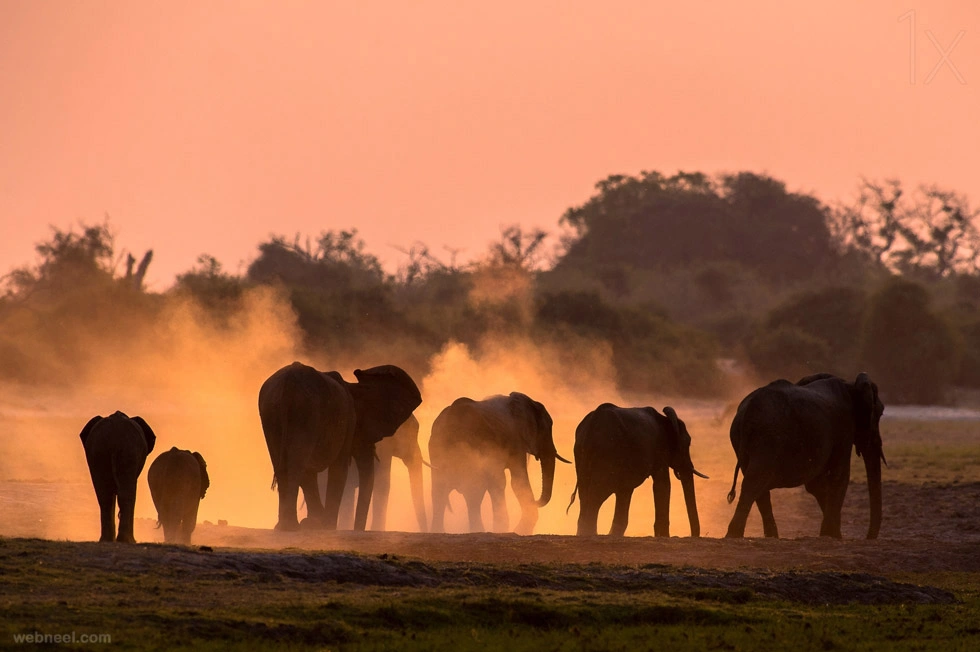
- Jim Corbett National Park
- P.O.Dhikuli, Via Ramnagar
- District – Nainital
- Pin Code : 244715
- Uttarakhand, India
There cannot be a hobby more exciting than capturing the fastest moments in digital lens.Going beyond the realm of professional photographers or paid photography, capturing moments in the lenses has become more of a passion today. In India, the quest for wildlife photography can never come to an end owing to its everlasting array of options in the lush green forests housing multiple rare species of animals.
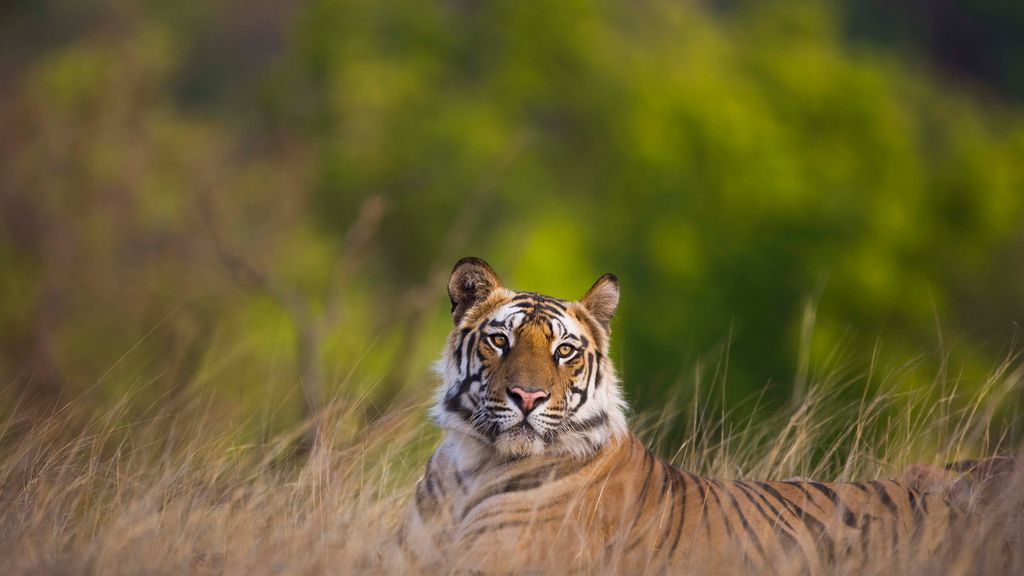
Located in the picturesque valley of Uttarakhand, Corbett National Park is a promising site which serves as a photographer’s delight par excellence. Being the first national park in the country, the park encloses wonderful varieties of fauna and boasts of offering the sight of vigorous wild cats. As a result, the wildlife photography aficionados prefer Corbett than any other national park in India. But without prior knowledge about this vast terrain, the first timers may not be able to capture the best views of this captivating ground. To help you to have a memorable photography tour in India’s oldest national park, the following tips will work out as a guidebook:
The Wildlife in Corbett National Park spells out around 586 species of resident along with enormous migratory species of avifauna. There are around 7 species of avifauna, 7 species of fish, and 36 species of dragonflies in Corbett National Park. The main attraction of this park is certainly the Bengal Tigers who are also the dominating species in this park. Other than wild cats, the park is an abode to Indian elephant and leopard who can be seen roaming in open meadows. The variety of mammals includes four species of deer ( sambar, barking, chital and hog), deer (barking, sambar, hog and chital), Indian Grey Mongoose, Sloth and Himalayan Black bears, otters, yellow-throated martens, Indian pangolins, ghoral, langur and rhesus monkeys.
As capturing the big cat in different poses holds intrinsic significance when we talk about wildlife photography in Corbett, however, there are ample other options too that would pester you to open the shutter and click.
Capture the sight of a gharial basking in the shallows as a Pallas’ fish eagle dripping and later drying its large wings atop the tree. A black stork could be seen sitting on the stony riverbed waiting to forage aquatic tidbits.
You might take a snap of crested kingfisher sitting on a huge rock waiting for fishing out his breakfast or a serpent eagle doing his meditation to grab its bite. Or you could even click the sight of a jungle cat flushing a babbler from the ground.
A blue whistling thrush vindicating its name, a green magpie enhancing the beauty of green trees, or even red jungle fowl or lesser fish eagle could be found in their natural habitat.
At the time of dusk, you can click pictures of mottled wood owl, or a shy hog deer hiding silently behind the grassland. Have a glimpse of a black francolin calling its day from the edge of a ravine.
Take a snap of ‘makhna’ (tuskless male) getting engaged in varied activities, fight and play of healthy youngsters or even the movement of the herd in search of food and water.
To capture the best views of birds and animals in the wild, it is necessary to understand their behavior and nature. The animals should not be disturbed at any circumstance if you want to capture their natural movement. Here are a few tips for aesthetic wildlife photography in Corbett National Park.
Though the total number of tigers in Corbett is around 200 but getting a chance to witness the magnificent wild cats is a bit challenging. It is advisable to the visitors to invade the park during dry season when scarcity of water sources compels the animals to assemble around the lakes in open meadows. However, Bijrani & Dhikala are known as the best zones for tiger sighting in Corbett National Park.
With splendorous opportunities of clicking snaps in every corner of the park and activities unfolding at a lively pace, Corbett presents its tourists- lifelong memories to recall. While huge animals can be found flaunting in their own pace, the multiple varieties of birds are found chirping behind the bushes and branches of lush trees. Let’s see what are the precious things you can take back from this national park:
Breathtaking lively images of Asian elephants roaming in their natural environment.
Brilliant images of enormous species of Himalayan-endemic birds.
Capture the rich gamut of mammals loitering in their original habitat with your premium quality lens.
Spectacular pictures of sub-Himalayan landscapes.
While planning a trip to Corbett, the most important point to remember is that the park does not remain open for all through the year. For photography, Dhikala can be a good option. From April to end of May, one can visit the park for photography. Those who want to capture the moving wild cats, April to Mid June is the ideal time. For the tourists aspiring to click images of multiple species of birds, Ramganga reservoir is a wonderful option for them. From December end to the end of March, several species of Migratory birds travel here. So, one can click photos of around 600 species of birds on the same zone.
It is always advisable to visitors to follow the guidelines made by the park authority. Any sort of disturbance created by the visitors may disturb their ecological imbalance. But it is assured that whether you are an amateur photographer or expert camera person, Corbett offers precious memories to be preserved for life. Not only the megafauna, the diverse species of trees like sal forests, chaurs, khair-sissoo forests enhance the greenery and offer abundant options to be clicked other than the animals. So, pack your backpack and head this season to capture the immaculate land of wildlife photography- Corbett National Park.